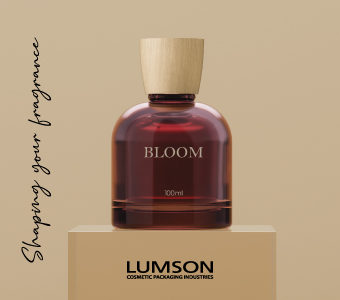
Possible contaminants
The European legislation prohibits eight phthalates from being used in cosmetic products (DBP, DEHP, BBP, DMEP, DNPP, Dipp, DPP, and DiBP). However, phthalates, which form an especially wide family of molecules, remain widely used in several other industry sectors, in particular for manufacturing plastic products. For example, phthalates are added to polyvinyl chloride (PVC) to make it more flexible, resilient and easy to work and can make up to 50% of the mass of this material. Since, as pointed out by the French agency, phthalates molecules are not chemically bound to plastics, they are likely to be released and can therefore contaminate cosmetics, either during the manufacturing process, or because of the contamination of certain raw materials, or as a result of a release from packaging into the formulation.
Simultaneous detection
To facilitate the detection of these potential contaminants, the ANSM has developed an analysis method that allows for the detecting and the measuring of twelve phthalates. The details of the method, which is based on gas chromatography and detection by mass spectrometry, have been published in the Journal of Chromatography A [1], dated August 31, 2012.
Main advantage of this new method: the first time it is possible to search for twelve phthalates simultaneously, including the eight one that are prohibited by the European regulation on cosmetics, and to measure them. Depending on the type of cosmetic tested, the detection limit of the twelve phthalates using this method is comprised between 0.5 and 2.5 μg g−1.
This method, which is currently used by the French agency in its laboratories, has been presented to the Technical Committee 392 of the European Standardisation Committee (CEN TC 392), as a future European standard. It also used as a base for the development of similar methods suitable for the detection of phthalates in other health products, such as some medical devices.



































